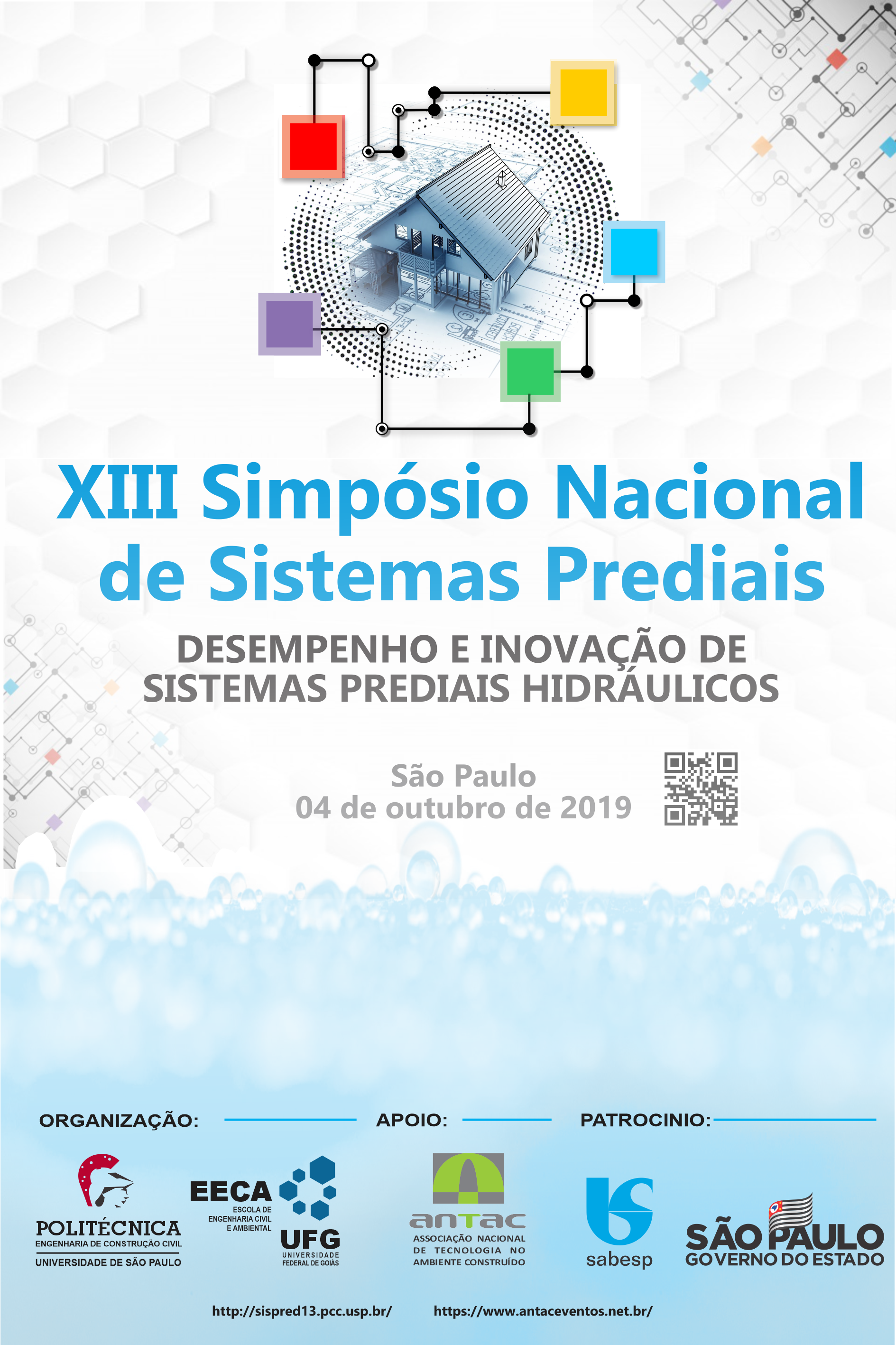Comparison between Quality Standards Required by National and International Guidelines for Rainwater Utilization
DOI:
https://doi.org/10.46421/sispred.v1i.1577Keywords:
Rainwater, National and international regulations, Quality standardsAbstract
ABSTRACT:
The objective of this work is to compare the water quality standard required by the Brazilian standard of rainwater harvesting from roofs for non-potable uses, NBR 15527 (ABNT,2019), with national and international guidelines. Legislation, manuals and Brazilian regulation regarding rainwater, gray water, recreational waters and potability were analyzed, as well as German, US and Australian guidelines on rainwater harvesting systems. Initially, the water quality standards required by the national documents were identified. Then, similarities and divergences were observed between the requirements according to the final water use. Subsequently, the same was done with the international documents. Comparing the data using the Brazilian standard on rainwater, it was verified that there is inconsistency in its requirements. The results suggest that the current version of NBR 15527(ABNT, 2019) is too restrictive, even though it has been recently modified. Therefore, a model was developed as a suggestion for the adequacy of the regulation, with different quality standards and usage purposes, aiming at better coherence with the current global scenario.
Downloads
References
AGÊNCIA NACIONAL DAS ÁGUAS – ANA. Conservação e reuso da água em edificações. São Paulo: ANA/ FIESP/ SindusCon-SP, 2005.
ASSOCIAÇÃO BRASILEIRA DE NORMAS TÉCNICAS – ABNT. NBR 13969: Tanques sépticos - Unidades de tratamento complementar e disposição final dos efluentes líquidos - Projeto, construção e operação. Rio de Janeiro: ABNT, 1997.
ASSOCIAÇÃO BRASILEIRA DE NORMAS TÉCNICAS – ABNT. NBR 15527: Água de chuva - Aproveitamento de coberturas em áreas urbanas para fins não potáveis - Requisitos. Rio de Janeiro: ABNT, 2007.
ASSOCIAÇÃO BRASILEIRA DE NORMAS TÉCNICAS – ABNT. NBR 15527: Água de chuva - Aproveitamento de coberturas em áreas urbanas para fins não potáveis - Requisitos. Rio de Janeiro: ABNT, 2019.
CABELL BRAND CENTER. Virginia Rainwater Harvesting Manual. Salem: Cabell Brand Center, 2009.
CONSELHO NACIONAL DO MEIO AMBIENTE – CONAMA. Resolução no 274, de 29 de novembro de 2000. Define os critérios de balneabilidade em águas brasileiras. Brasília: Diário Oficial da União, 25 jan. 2001. n. 18, Seção 1, p. 70-71.
CONSELHO NACIONAL DO MEIO AMBIENTE – CONAMA. Resolução no 357, de 17 de março de 2005. Dispõe sobre a classificação dos corpos de água e diretrizes ambientais para o seu enquadramento, bem como estabelece as condições e padrões de lançamento de efluentes, e dá outras providências. Brasília: Diário Oficial da União, 18 mar. 2005. n. 53, Seção 1, p. 58-63.
ENVIRONMENTAL HEALTH COMMITTEE. Guidance on use of rainwater tanks. 3 ed. [s. L.]: En Health, 2011.
EUROPEAN COMMITTEE FOR STANDARDIZATION. DIN 16941-1: On-site non-potable water systems - Part 1: Systems for the use of rainwater. Bruxelas: CEN, 2015.
EUROPEAN COMMITTEE FOR STANDARDIZATION. DIN 16941-2: On-site non-potable water systems – Part 2: Systems for the use of treated greywater. Bruxelas: CEN, 2017.
GEORGIA DEPARTMENT OF COMMUNITY AFFAIRS. Georgia Rainwater Harvesting Guidelines. [s. l.]: DCA, 2009.
MINISTÉRIO DA SAÚDE – MS. Portaria no 2914, de 12 de dezembro de 2011. Dispõe sobre os procedimentos de controle e de vigilância da qualidade da água para consumo humano e seu padrão de potabilidade. Brasília: Diário Oficial da União.
NATIONAL HEALTH AND MEDICAL RESEARCH COUNCIL. Australian Drinking Water Guidelines. 3.4. ed. Camberra: NHMRC, 2017.
UNITED STATES ENVIRONMENTAL PROTECTION AGENCY. 2012 Guidelines for Water Reuse. Washington: EPA, 2012.
WESTERN AUSTRALIA DEPARTMENT OF HEALTH. DRAFT. Alternate Water Supply Guidelines. [s. L.]: WA Health, 2009.

